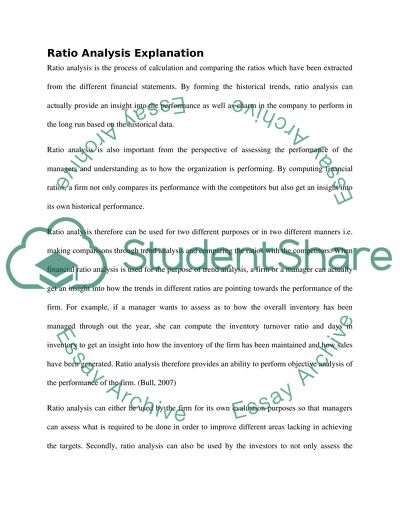Cite this document
(“Comparison of ratios over a two-year period Research Paper”, n.d.)
Comparison of ratios over a two-year period Research Paper. Retrieved from https://studentshare.org/finance-accounting/1437657-comparison-of-ratios-over-a-two-year-period
Comparison of ratios over a two-year period Research Paper. Retrieved from https://studentshare.org/finance-accounting/1437657-comparison-of-ratios-over-a-two-year-period
(Comparison of Ratios over a Two-Year Period Research Paper)
Comparison of Ratios over a Two-Year Period Research Paper. https://studentshare.org/finance-accounting/1437657-comparison-of-ratios-over-a-two-year-period.
Comparison of Ratios over a Two-Year Period Research Paper. https://studentshare.org/finance-accounting/1437657-comparison-of-ratios-over-a-two-year-period.
“Comparison of Ratios over a Two-Year Period Research Paper”, n.d. https://studentshare.org/finance-accounting/1437657-comparison-of-ratios-over-a-two-year-period.


